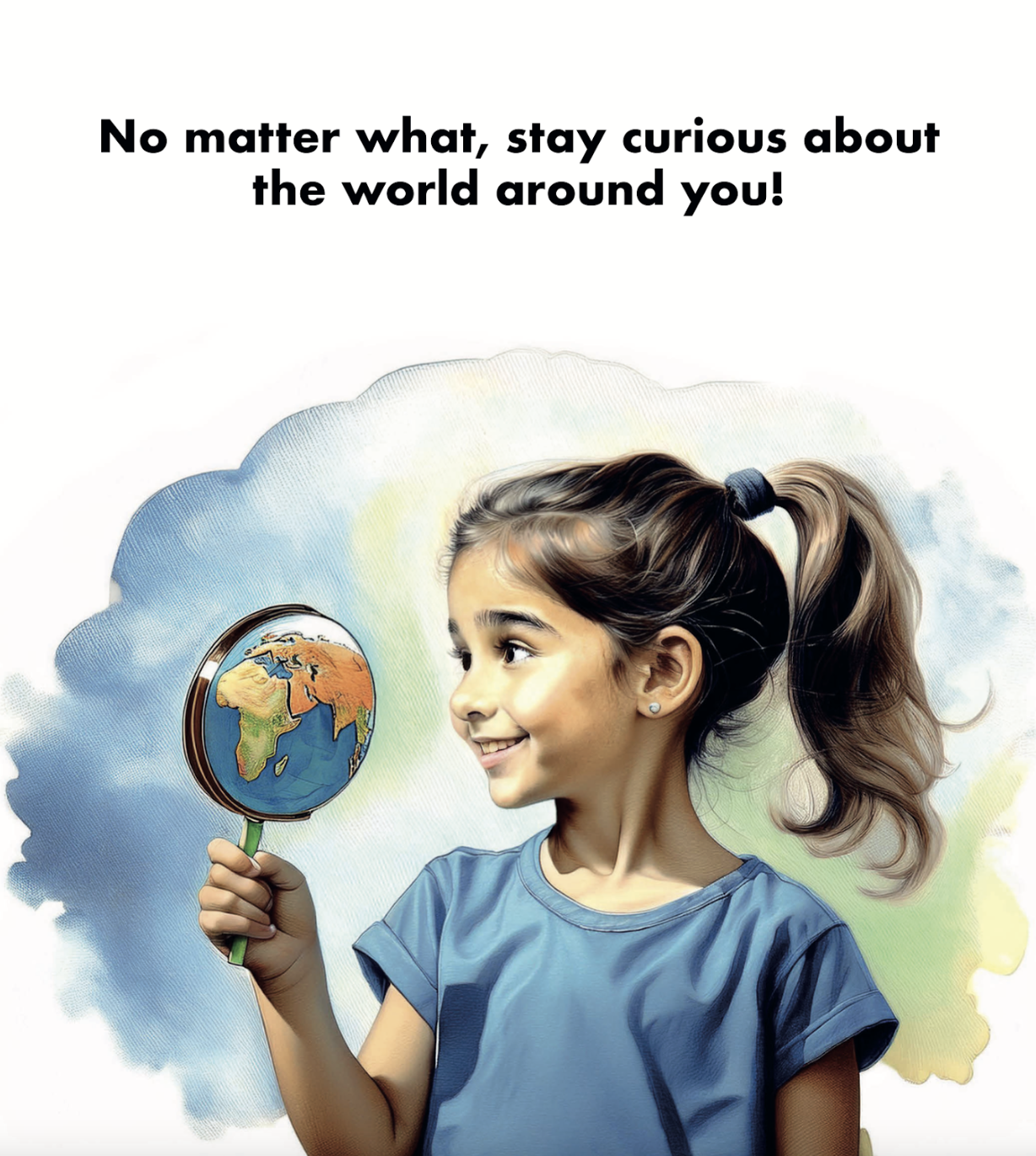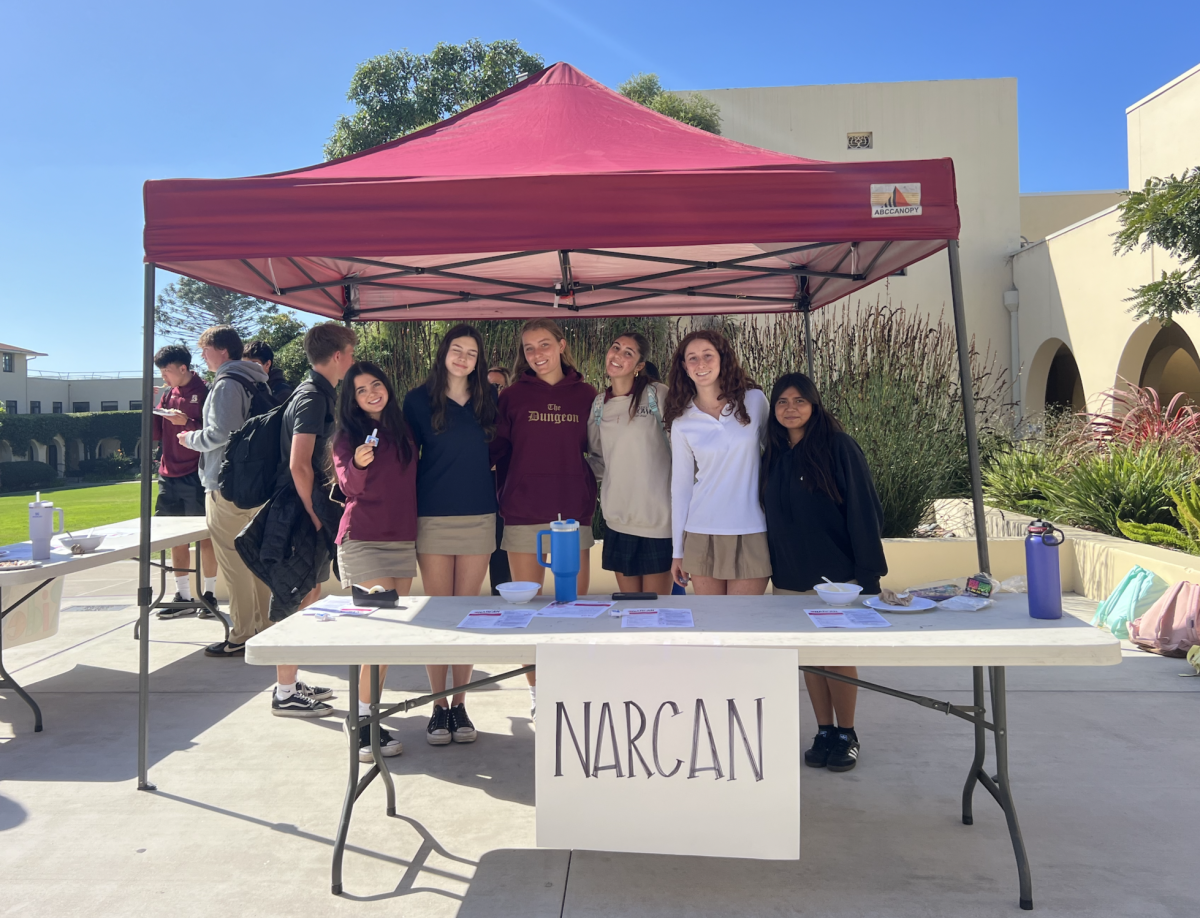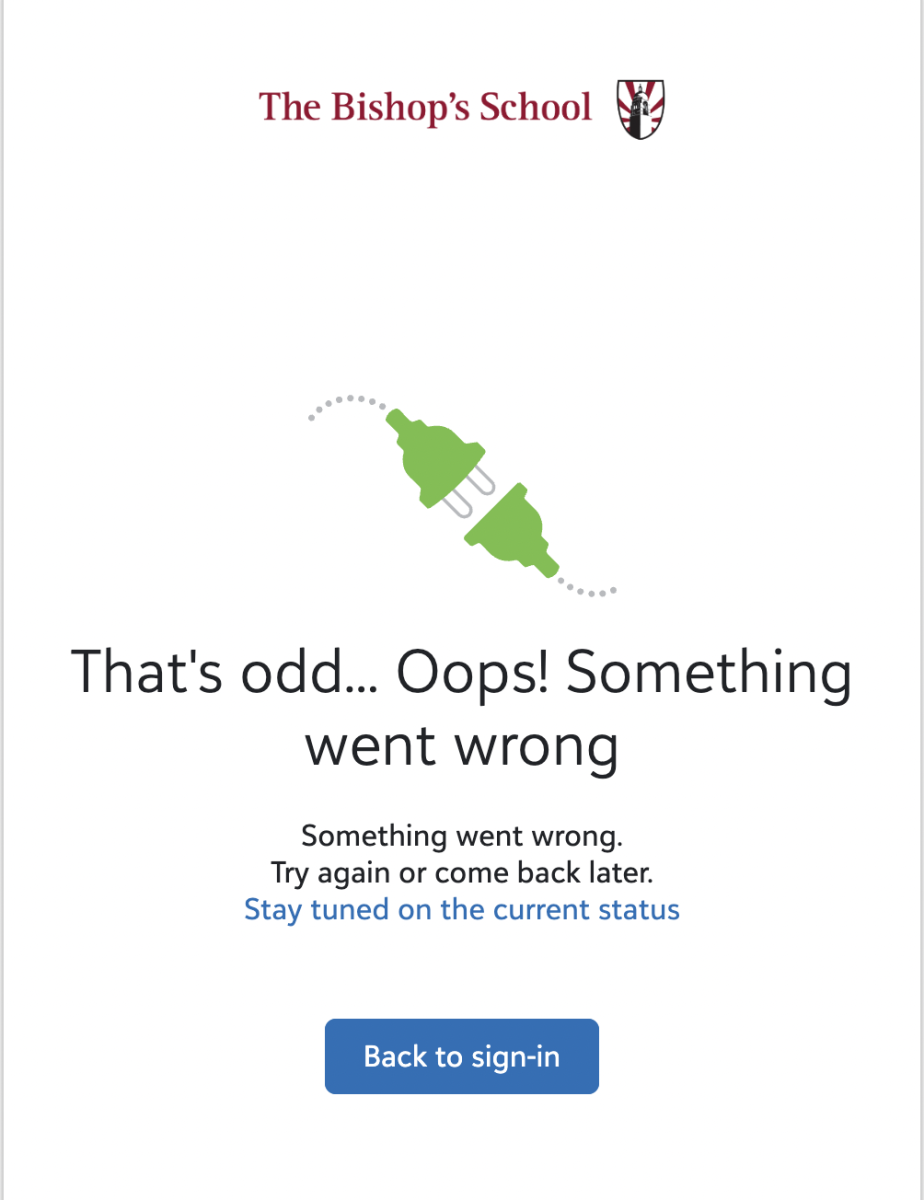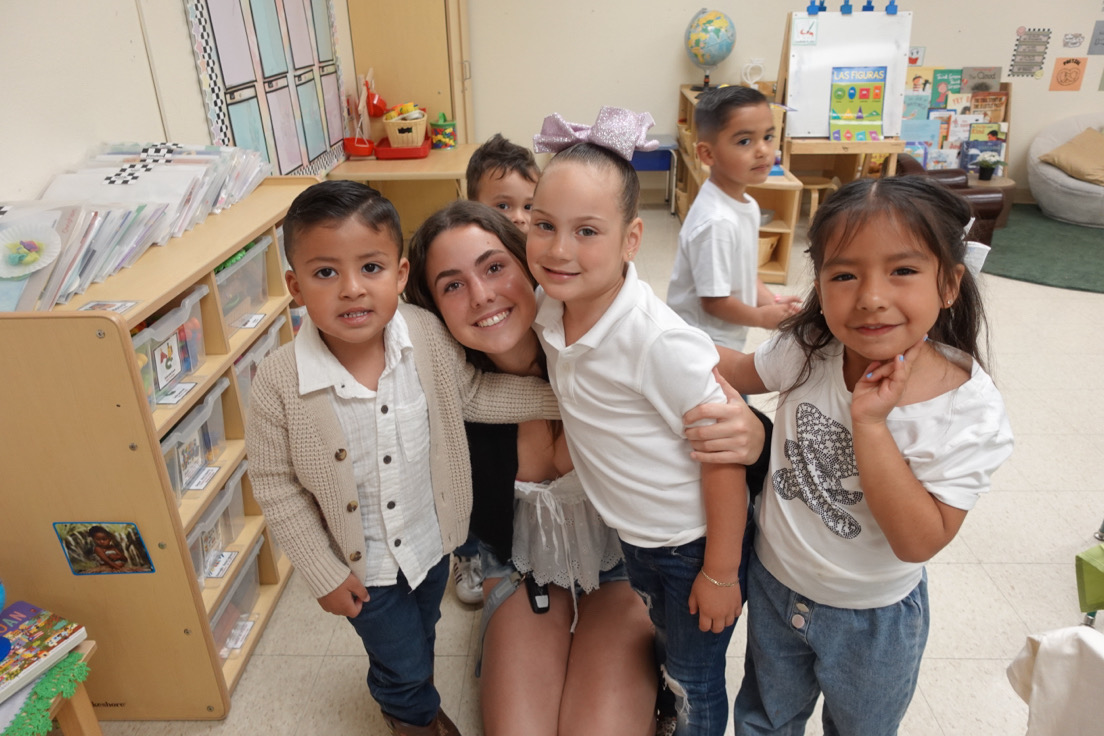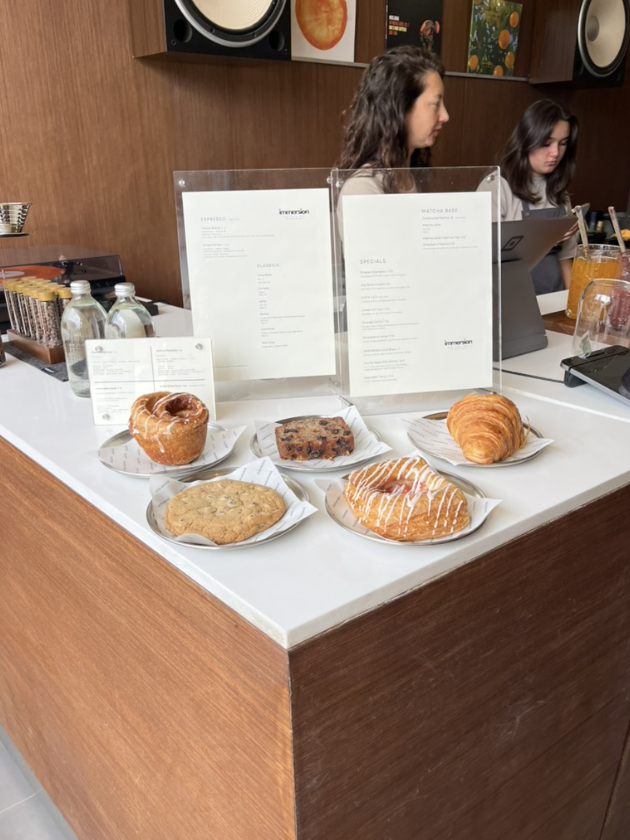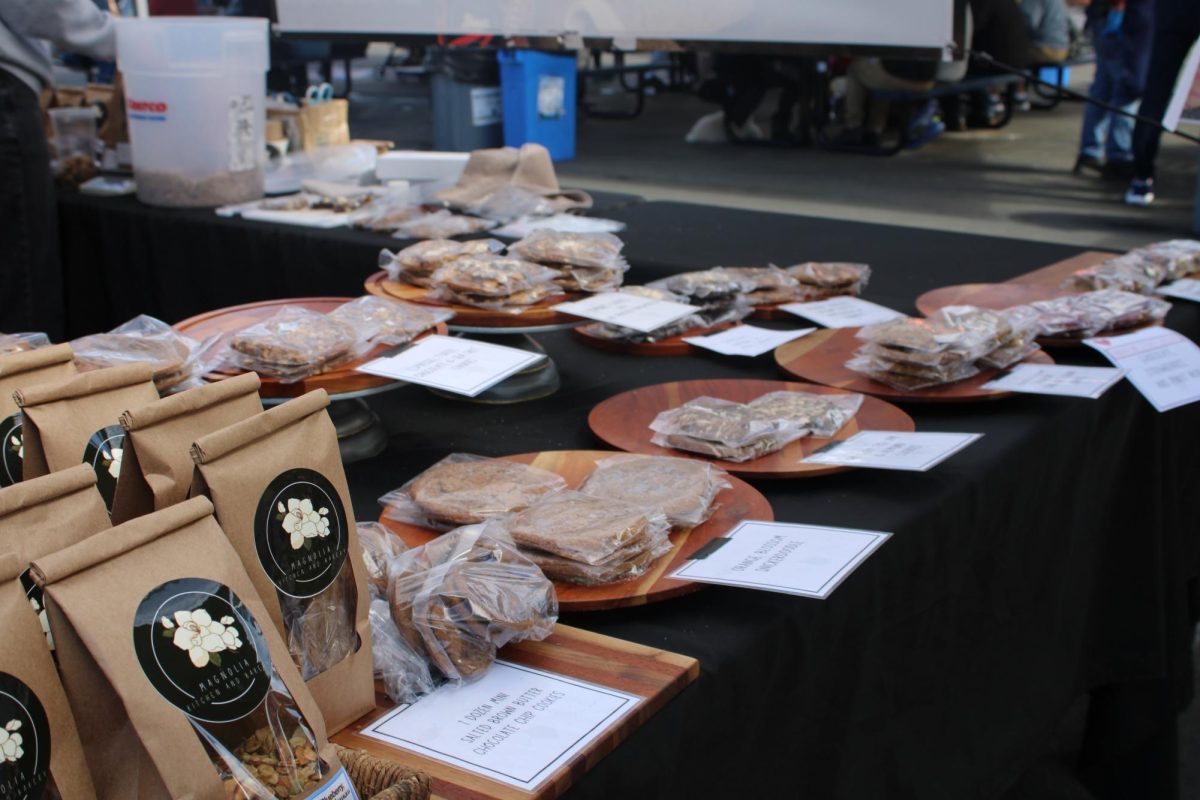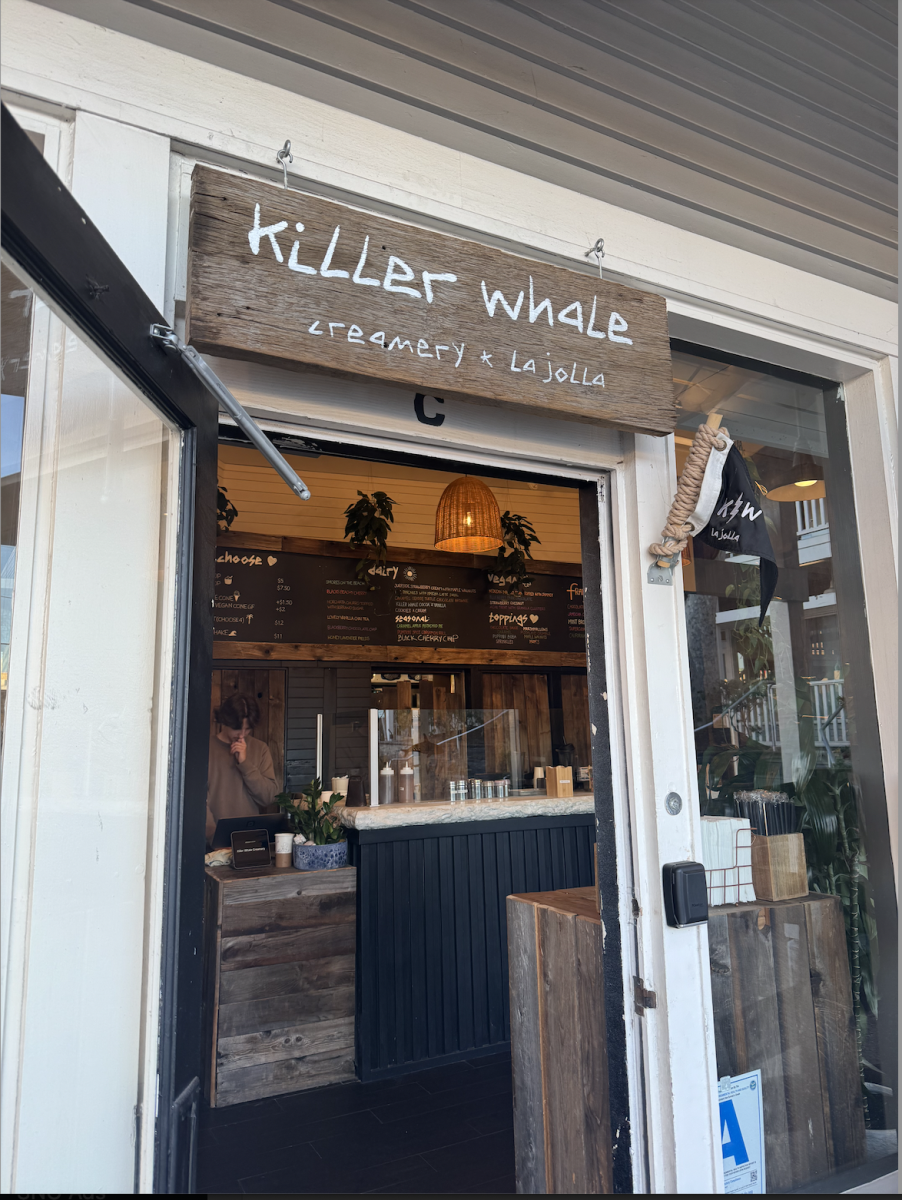A girl named Ana chases after her soccer ball in her backyard garden, her eyes sparking with curiosity and boundless energy. Three wildflowers stand in the corner — cerulean petals and bright yellow pollen — blending into the soft watercolor hues of the background.
Every afternoon, Ana shoots her soccer ball into the bushes, practicing for her big game on Friday. But one by one, these bushes begin to disappear. What’s happening? Is kicking the ball toward the wildflower bushes making them disappear?
In the children’s book, Ana and the Disappearing Wildflowers, or Ana y el Misterio de los Arbustos Desaparecidos, available on Amazon in both English and Spanish, Ana tackles this simple yet tricky question. Written by UCLA Freshman Mia Bravo (‘24), this book introduces young readers to a scientific concept often misunderstood: correlation vs. causation. The reveal (spoilers alert!): while Ana’s soccer practice correlates with the disappearance of the wildflowers, it is not the cause.
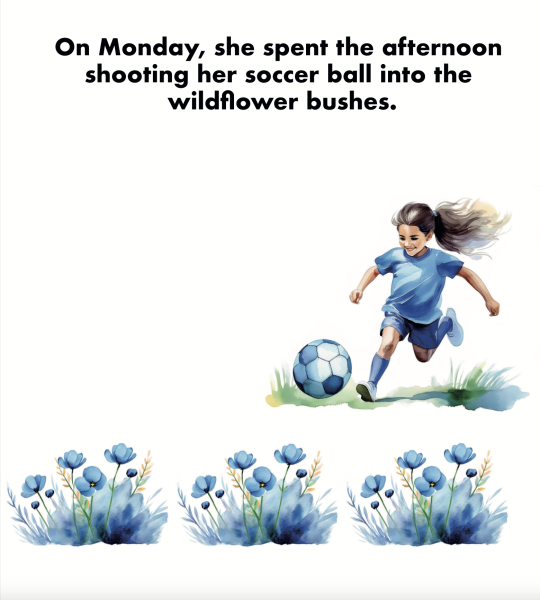
Growing up, Mia was the kind of girl who was always curious about the world around her, much like the protagonist, Ana. According to her mom, she started talking at six months and never really stopped — especially when it came to science. “I grew up inquisitive, with parents who indulged my ever-growing list of questions,” Mia recalled. She still remembers how, one day, she would be wondering why “nose-picking was such a prevalent issue in elementary school classrooms,” and the next, she would be listening to impromptu science lessons by her parents (with STEM professions) on her home’s whiteboard.
Mia practically grew up in a makeshift science lab. She incubated chickens, searched for tardigrades under microscopes, and cultured bacteria on Petri dishes atop the TV box. “It became a bragging point when we found out the floors and toilet seats in our house were cleaner than the tabletops at the local Rubios,” she proudly shared.
After joining the Science Olympiad program in fifth grade, and being encouraged by her mom as a little kid to question authority (not out of defiance, but rather curiosity), Mia’s passion for science “took off” as she got older. This inspired her to share the same curiosity that she had when she was a little girl with other young learners through a fun, heartwarming book.
But that’s not the only reason she was driven to write Ana and the Disappearing Wildflowers. “In early education, determining the correct answer to 2+2 is imperative…, but it eliminates the value of wrong answers,” Mia asserted. “Those same ‘wrong’ answers become the basis for academic writing.” Honors History classes at Bishop’s and AP tests made her recognize the importance of nuance and delving into questions that had “no ‘right’ answers” but rather “gray areas,” inspiring her to share her love for asking questions with a younger audience.
“My hope is that encouraging curiosity at an early age will inspire lifelong learning which stretches beyond classroom education. It means being willing to become a more educated voter or even make informed decisions on healthcare because they are willing to ask questions, not simply search for a singular ‘right’ answer,” Mia said optimistically.
While writing the book, Mia drew inspiration from several key figures at Bishop’s. “I loved all of my science teachers,” she said. Dr. Anthony Pelletier taught her to question scientific conclusions critically; Mr. Michael Samale and Mr. Adam Weiner reminded her of the joy within the science community; and Dr. Lani Keller introduced her to biology in a way that was “impossible to forget.”
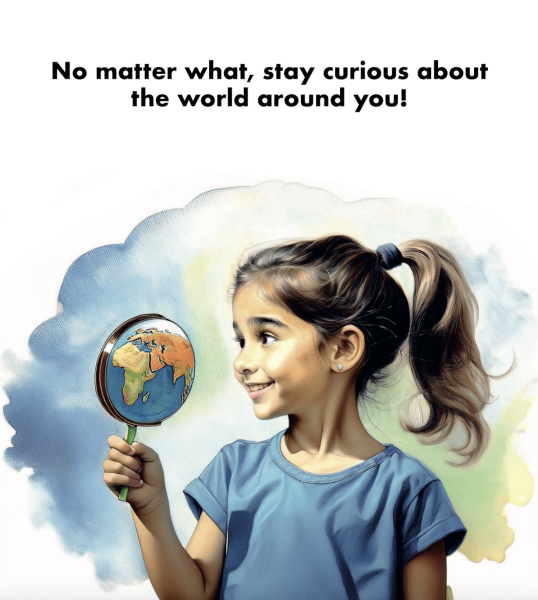
Mia’s curiosity wasn’t confined to just the sciences. English Teacher Mr. Mark Radley introduced her to Joan Didion, “who has since become one of my favorite authors,” Mia shared. She added that Didion’s essay, “Why I Write,” shaped how she viewed narrative writing and influenced her creation of this book.
Throughout the process of publishing, Mia enjoyed going into classrooms and reading her book for kids. She loved seeing “their faces light up with questions” and characterized it as a “rewarding experience.” However, there were still challenges. “The process of formatting the book and making sure we underwent proper business procedures was a bit of a nightmare,” she admitted.
Ultimately, Mia hopes her book encourages children to think critically about data points, understand the difference between correlation and causation, and most importantly, spark a sense of curiosity about the world — the same kind she had when she was young. “I don’t think my book will have its readers suddenly writing their PhD theses in quantum computing,” she jokes, “but I do hope it will draw their attention to the everyday things they don’t yet understand and ask better questions.”




